Launched by ADHT’s Insights, First Year Features is a multi-part series that aims to showcase the work produced by students currently enrolled in Parsons’ First-Year Program. Challenging the ways in which making and writing come together in and out of studio, seminar and socially aware spaces, students offer multiple entry points into the task of art and design, and how design engages in our complex and rapidly changing world.
This installment of First Year Features spotlights “Reversed Rebirth,” Kimberley Jenneskens’ final project from Thomas Bosket’s Time course.
Time
Time is a studio course that explores the notion of time as a designed idea that can be used as an art-making tool. Course readings and writing assignments provide students with a foundation of historical and cultural constructions of time. Students work in a variety of media, such as digital video and performance, to take an interdisciplinary consideration of how art impacts our perception and understanding of time, and vice versa.
In Thomas Bosket’s Fall 2015 section of Time, students developed a project titled “Singular Place and Self.” Working from the definition of “psychogeography” presented in Amanda Wasielewski’s essay, “Psychogeographic Mapping Through Film: Chantal Akerman’s News From Home and Patrick Keiller’s London,” students began by observing themselves in New York City and were encouraged to mark/draw, collage and go outside the linearity in order to explore the relationship between their personal space and context, to larger or public space and contexts. Bosket says, in reflection on the project, “Our challenge was to get out of our heads and use our bodies as our brains. This allows for the unexpected or unknown to rise against logic and become useful to their creative pursuits. The classroom becomes an organic creature that is hard to separate into parts…this brings in the greatest levels of discovery and invention.”
Kimberley Jenneskens’ “Reversed Rebirth”
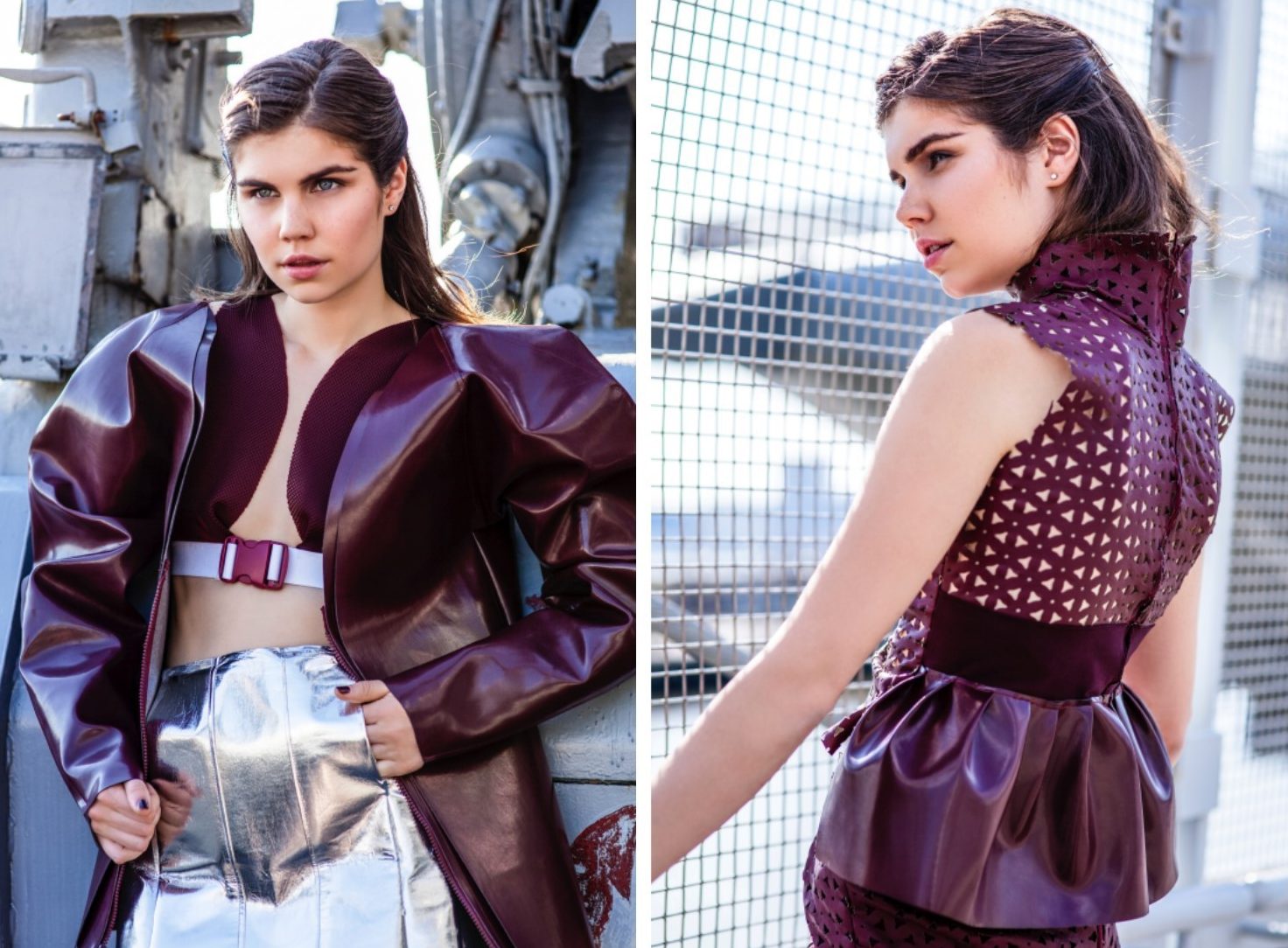
For my project, I’m focusing on exploring and visualizing a so-called Reversed Rebirth and how the fictional misunderstanding of distorted time is the driving force behind our perception of the existence of life. At this point I am imagining a video piece that uses flashbacks of both personal history as well as captured movements and trends of society to analyze and illustrate the flashback of memory and if/how this influences our future behavior. Through the use of opacity and omission techniques, I would like my video to make the viewer examine whether our life cycle is really that circular or whether it is more an idealized vision only and therefore more of a linear experience. In order to convey the idea of the deconstruction of time, I would like to play around with sound as a contradicting element in terms of placement in history and thus time.
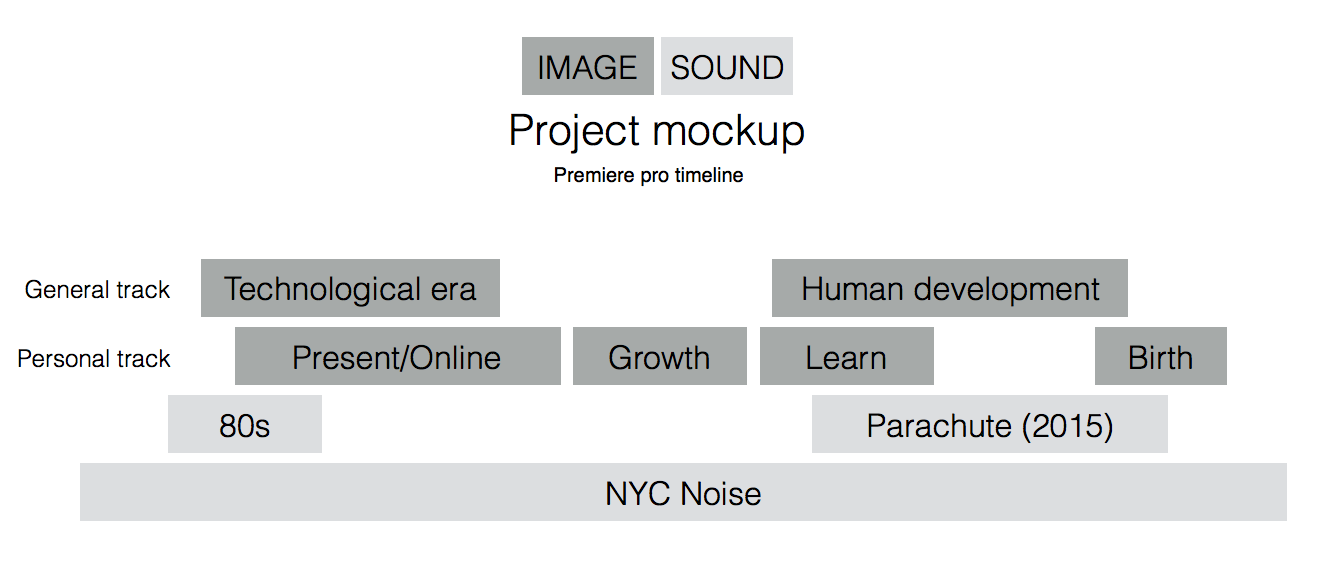
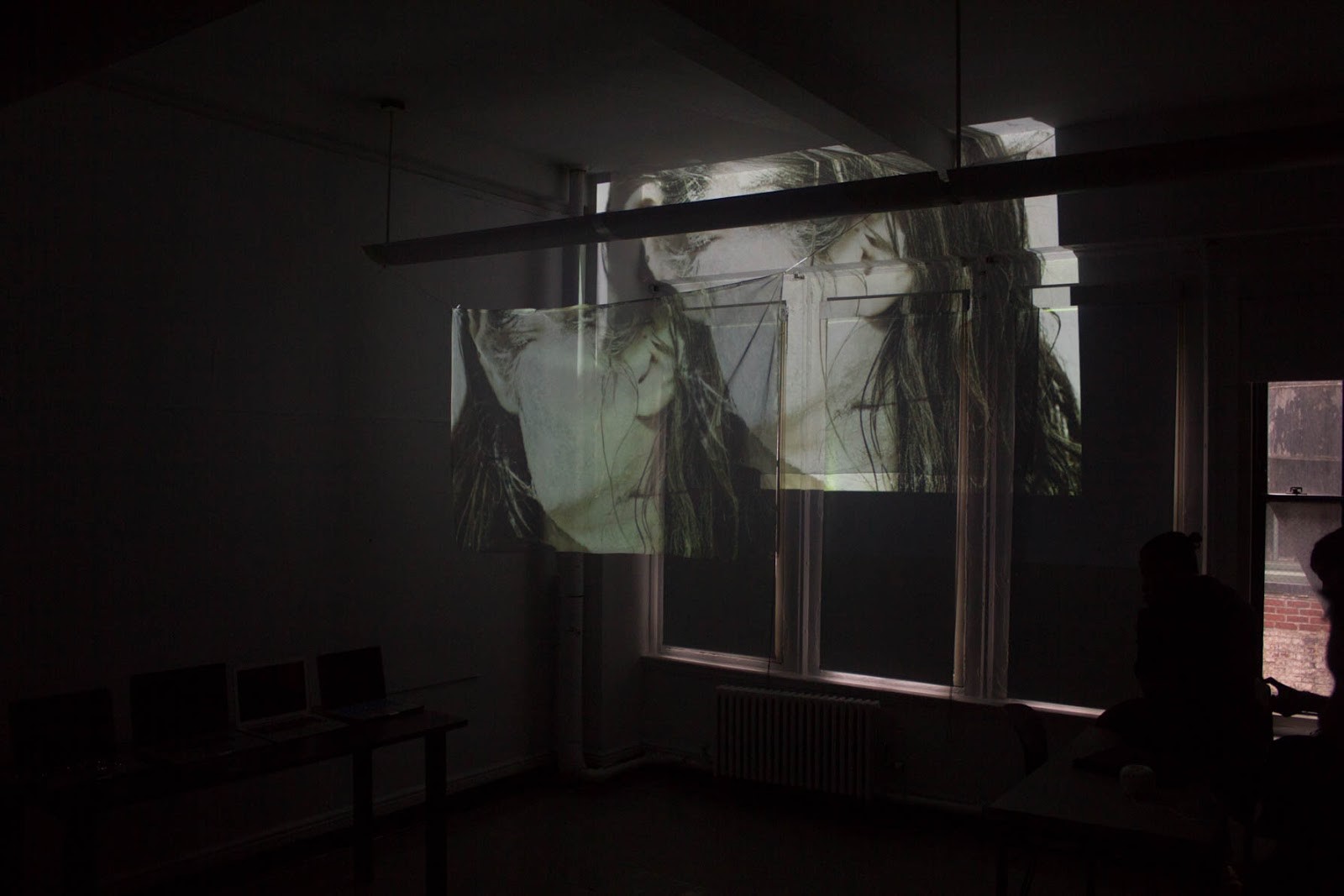
Presentation ideas: Projecting on draped garment
- Emphasis on circular vs. linear
- Direct relationship between intention and final piece (both literal and figurative)
- Using body shape as direct reference to fictional idea
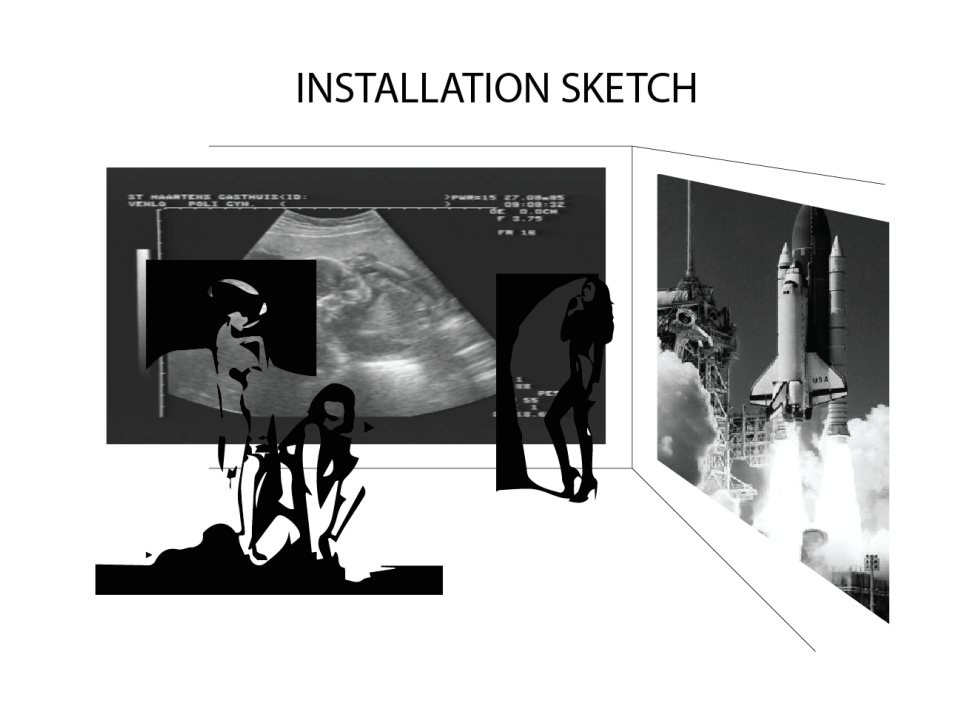
Stills from the installation (“distorted timeline”):

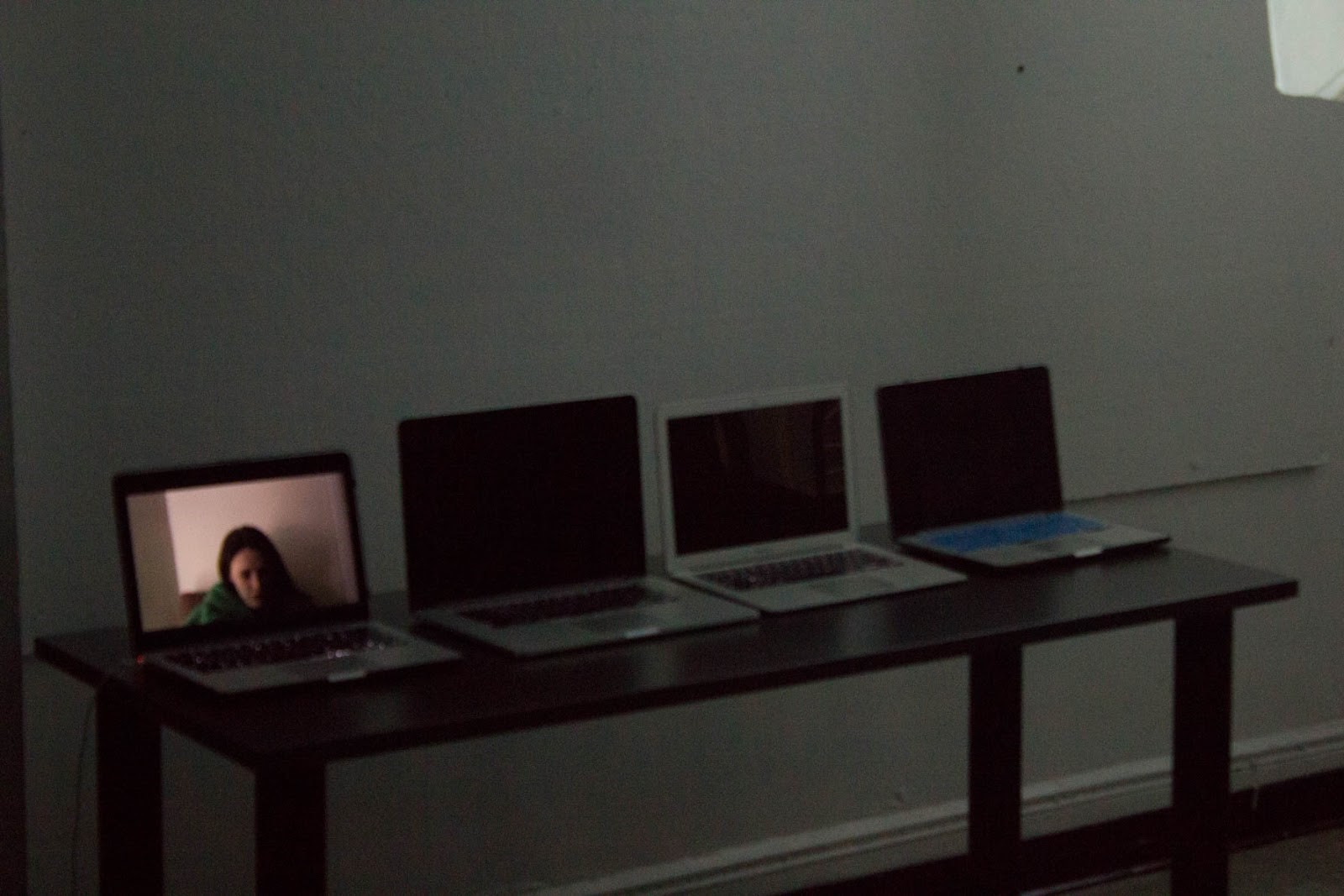
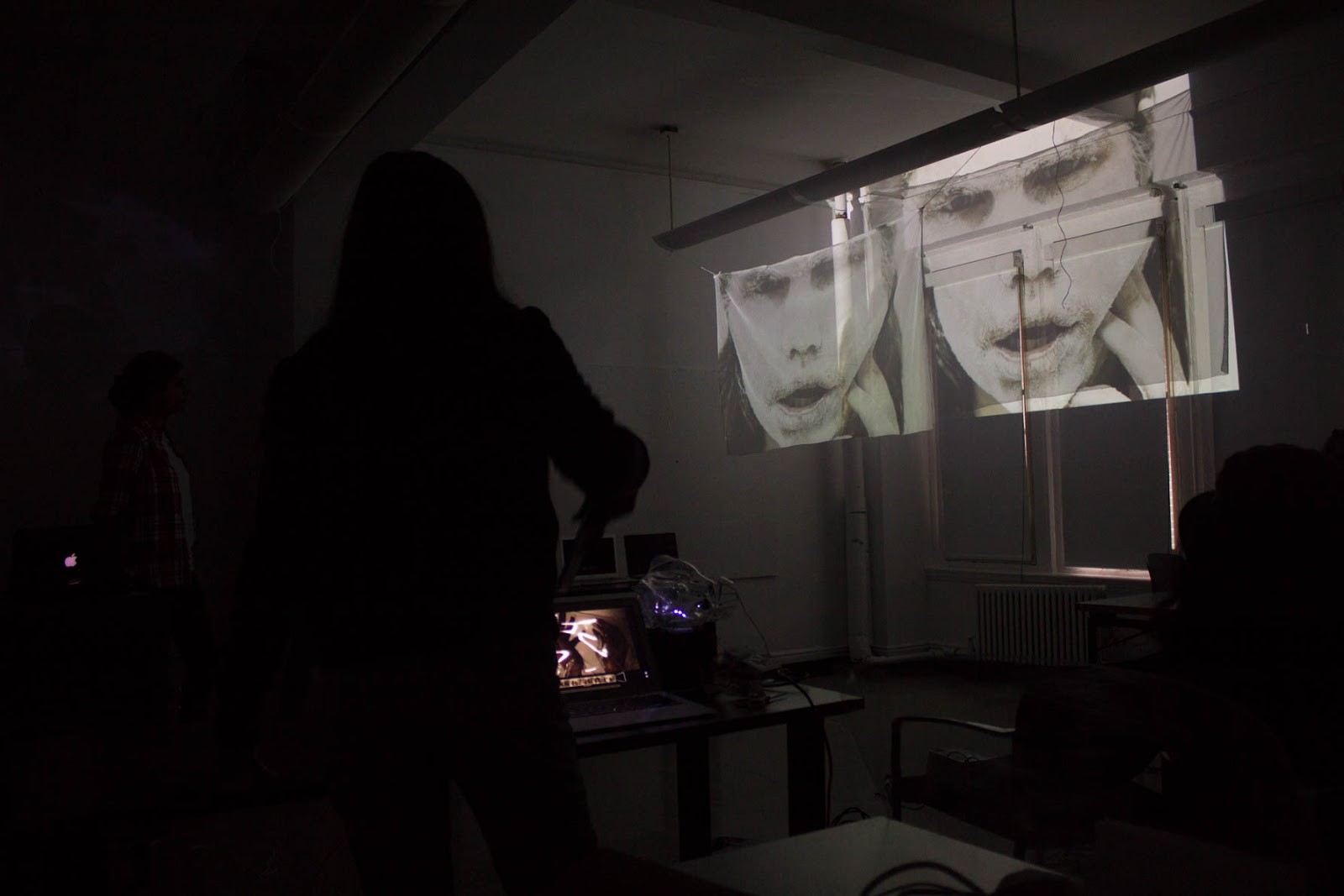
Of the project as a whole, and as exemplified by Jennesken’s project itself, Bosket reflects: “The classroom becomes an organic creature that is hard to separate into parts. It is a whole – only to be experienced. We play games, we lower expectations and costs so that everyone can participate at every level…this brings in the greatest levels of discovery and invention. Students begin in a grasping to possess their city but they end absorbed in the marvel they are living and making.”


























